Prep your body for birth
If you are pregnant and you are wondering what you can do to prepare for labour, here are a few tips that beyond the traditional do’s and dont’s of prenatal exercise.
First, to clear the air, I think I need to come out and say that just because you are super fit, that does not equate to prepping for labour. I think there is this myth out there that if you “train for birth”, you will have a positive labour experience. While that might be true for some, it’s maybe a bit more complex than that.
Birth is mysterious in many ways, but I do think there are ways we can “stack the cards” in our favour.
Here’s what you can do, and this is not in order of importance:
1) Move throughout your pregnancy - whether a walk, a swim, a gentle workout, a bike ride. There is probably more danger in being sedentary, than in doing some exercise in pregnancy, unless of course you have contraindications to exercise.
2) Go see a physiotherapist specializing in pelvic health who can do an internal exam and let you know the “state of the union:” of your deep core and pelvic floor. This gives them a baseline to work from. See them once midway through pregnancy and again between 32-36-ish weeks. See them again at least a couple times postpartum.
3) Prenatal body prep is about balancing the body and creating space. Book a 1:1 Posture & Alignment Assessment with me and receive custom feedback with corrective exercises to help you release tension in some areas and increase mobility in others.
4) You want a “Goldie Locks” pelvic floor; not too tight and not too soft! This is something your pelvic floor physiotherapist can tell you during an internal exam. While the pelvic floor is not everything, it plays an important part in the overall functioning of your deep core system. Kegels are good, but find out how things are looking down there before you do them all day long. You may be surprised to find out that you may hold tension in the pelvic floor and in fact you need to do some release work.
5) Do upper body mobility - this is counterintuitive but your upper body is the top of your “core cannister”. If your thoracic spine is stuck or tight, it can actually affect how your diaphragm moves in synergy with your pelvic floor and therefore how well your core functions .
6) Do breathwork. Lots of it. Learn about your breathing strategy. Practice “360 breathing”. Check out this video I created that might help.
7) If you’re looking to take the guesswork out of it all, check out my Prepare to Push workshop, and my 36-week prenatal fitness program, the Babes ‘n Bellies Bootcamp.
